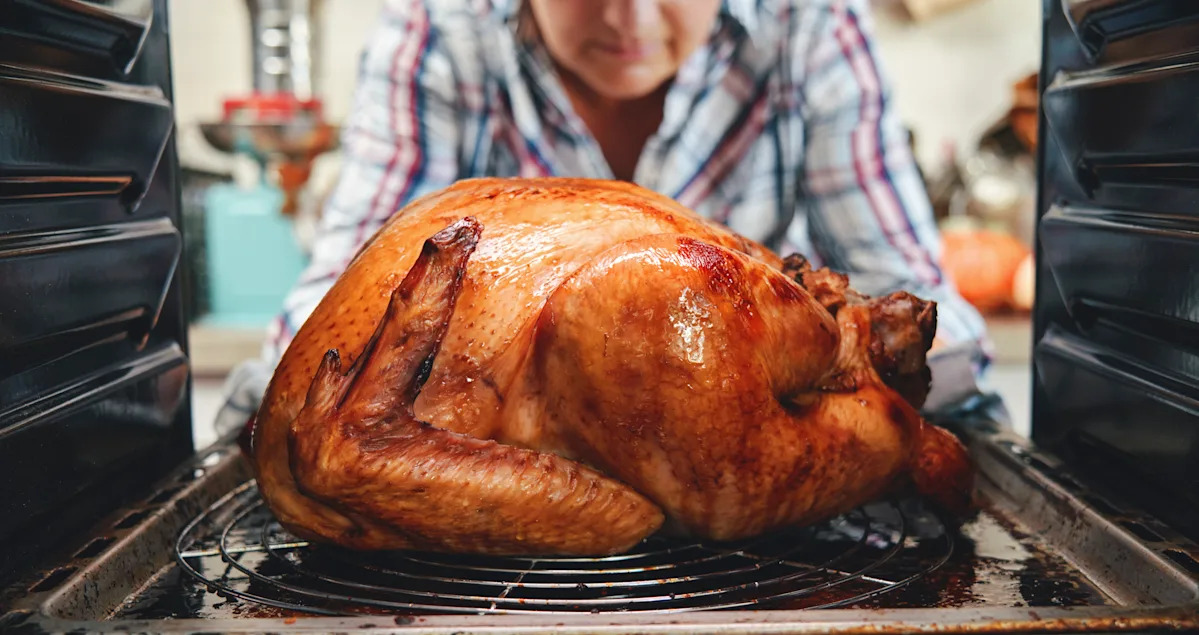Home / Health / Thanksgiving Turkey Safety: Experts Warn of Foodborne Illness Risks
Thanksgiving Turkey Safety: Experts Warn of Foodborne Illness Risks
18 Nov
Summary
- Foodborne illness affects 48 million Americans annually, causing 3,000 deaths
- Proper thawing, preparation, and cooking of turkey are crucial to prevent illness
- USDA and CDC provide guidelines for safely handling turkey this Thanksgiving

As the 2025 holiday season approaches, food safety is a top priority for Thanksgiving hosts planning to serve turkey. According to the U.S. Department of Agriculture, foodborne illness causes approximately 48 million people to fall sick and 3,000 deaths annually in the United States. While everyone is at risk, certain groups, including infants, young children, pregnant women, older adults, and those with weakened immune systems, are particularly vulnerable to serious illness or even death from contaminated food.
To ensure a safe Thanksgiving feast, the USDA and Centers for Disease Control and Prevention have provided detailed guidelines for properly thawing, preparing, and cooking turkey. Experts advise against leaving frozen turkeys at room temperature, as bacteria can rapidly multiply in the "danger zone" between 40°F and 140°F. Instead, they recommend thawing turkeys in the refrigerator, submerging them in cold water, or using a microwave, depending on the size of the bird. Proper hand-washing and avoiding cross-contamination are also crucial steps in turkey preparation.
When it comes to cooking, the internal temperature of the turkey must reach a minimum of 165°F, as measured in three different areas. The USDA also cautions against stuffing the turkey, as this can increase the risk of foodborne illness. By following these safety protocols, hosts can ensure a delicious and, most importantly, safe Thanksgiving dinner for their loved ones.




